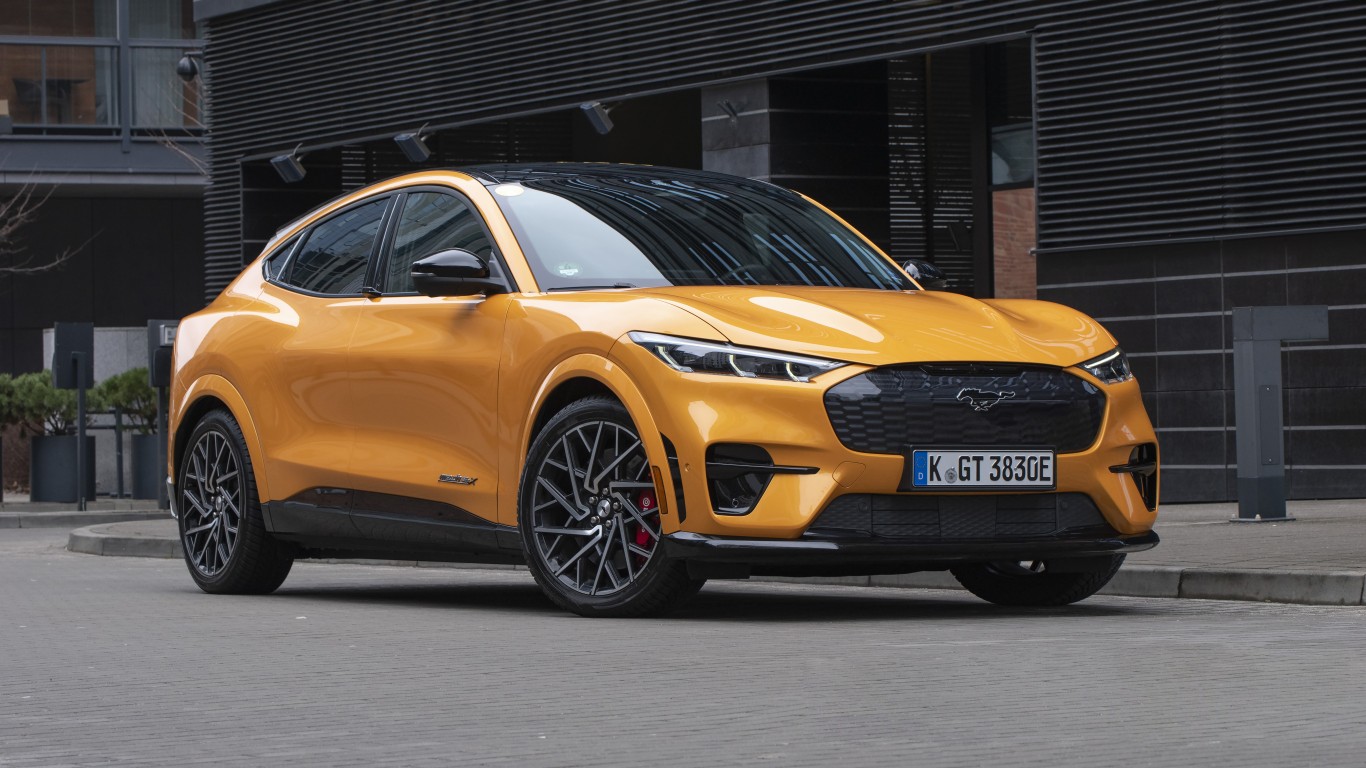
When Ford Motor Co. (NYSE: F) reported September sales on Tuesday, total sales were down 8.9% year over year and retail sales were down 11.7% in that time. The stock jumped nearly 8%. For the first two days of this week, the shares are up about 10% as investors turn once again to equities. (Wednesday doesn’t look to continue the two-day streak.)
Analyst Adam Jonas and his team at Morgan Stanley on Wednesday raised their rating on Ford from Equal Weight to Overweight, leaving the price target at $14. At the same time, the firm lowered its $42 price target on General Motors Co. (NYSE: GM) to $30 and maintained an Equal Weight rating on the stock.
The new price targets imply an upside potential of 13.3% based on Ford’s closing price of $12.36 on Tuesday. GM, however, was trading above the analyst’s price target, and the implied loss based on Tuesday’s closing price of $35.80 was 16.2%.
Morgan Stanley raised its rating on Ford based on valuation, lower expectations for the company (remember Ford’s warning last month) and a restructuring of the company into an internal combustion segment (Ford Blue) and an EV segment (Ford e) that “has the potential to better align the growth and capex needs of the EV business with a more favorable cost of capital.”
Considering GM, the analysts noted that the company has not yet issued a warning on third-quarter results, something they expect to happen and already have baked into their estimates. Jonas and his team also dropped their valuation of GM China to zero “given domestic competitive EV pressure and stranded ICE assets in the country.” Zero valuations were also hung on GM’s Cruise division due to Cruise’s current cash burn of $2 billion per year and the company’s Ultium battery business because the analysts believe that “more OEMs will pursue a more ‘vertically integrated approach to capture more of the production tax credit” included in the Inflation Reduction Act.
Overall, Morgan Stanley sums up Ford’s rating hike as a call on CEO Jim Farley’s “ability to reposition the Ford portfolio and align the cultures and capital needs of the EV and [internal combustion] sides of the house.” And while GM does have some “highly cash generative businesses,” the company needs to do something about the cash burn at Cruise and something to “foster growth and independence” at Ultium.
Jonas also points out that auto stocks have reached a classic bottom, which features such negatives as zero to negative earnings, restructuring costs, cash burn, dividend cuts and added borrowing. “This is not one of those times.”
Regarding the transition from internal combustion engines (ICE) and EVs, Morgan Stanley suggests investors get real:
We think it’s time for investors to accept that, while there may be some degree of optionality to the EV market, the direction of forecasts for GM and Ford is very much tied to what remains of the useful life of the ICE product range. At current share prices, we not only believe the EV ‘option’ value has been appropriately compressed to near zero NPV (as it should be), but the market may also be undervaluing the run-off cash flows of the ICE portfolio which is going too far, in our view.
Morgan Stanley estimates that Ford’s cash flows through fiscal 2030 “may far exceed 100% of the company’s current enterprise value” of around $138.6 billion. That is about four times cash flow for the past 12 months, according to our back-of-the-envelope math.
Ford stock traded down about 1.7% in early trading Wednesday at $12.15 in a 52-week range of $10.61 to $25.87. GM traded down 5% at $34.05 in a 52-week range of $30.33 to $67.21.
Is Your Money Earning the Best Possible Rate? (Sponsor)
Let’s face it: If your money is just sitting in a checking account, you’re losing value every single day. With most checking accounts offering little to no interest, the cash you worked so hard to save is gradually being eroded by inflation.
However, by moving that money into a high-yield savings account, you can put your cash to work, growing steadily with little to no effort on your part. In just a few clicks, you can set up a high-yield savings account and start earning interest immediately.
There are plenty of reputable banks and online platforms that offer competitive rates, and many of them come with zero fees and no minimum balance requirements. Click here to see if you’re earning the best possible rate on your money!
Thank you for reading! Have some feedback for us?
Contact the 24/7 Wall St. editorial team.



